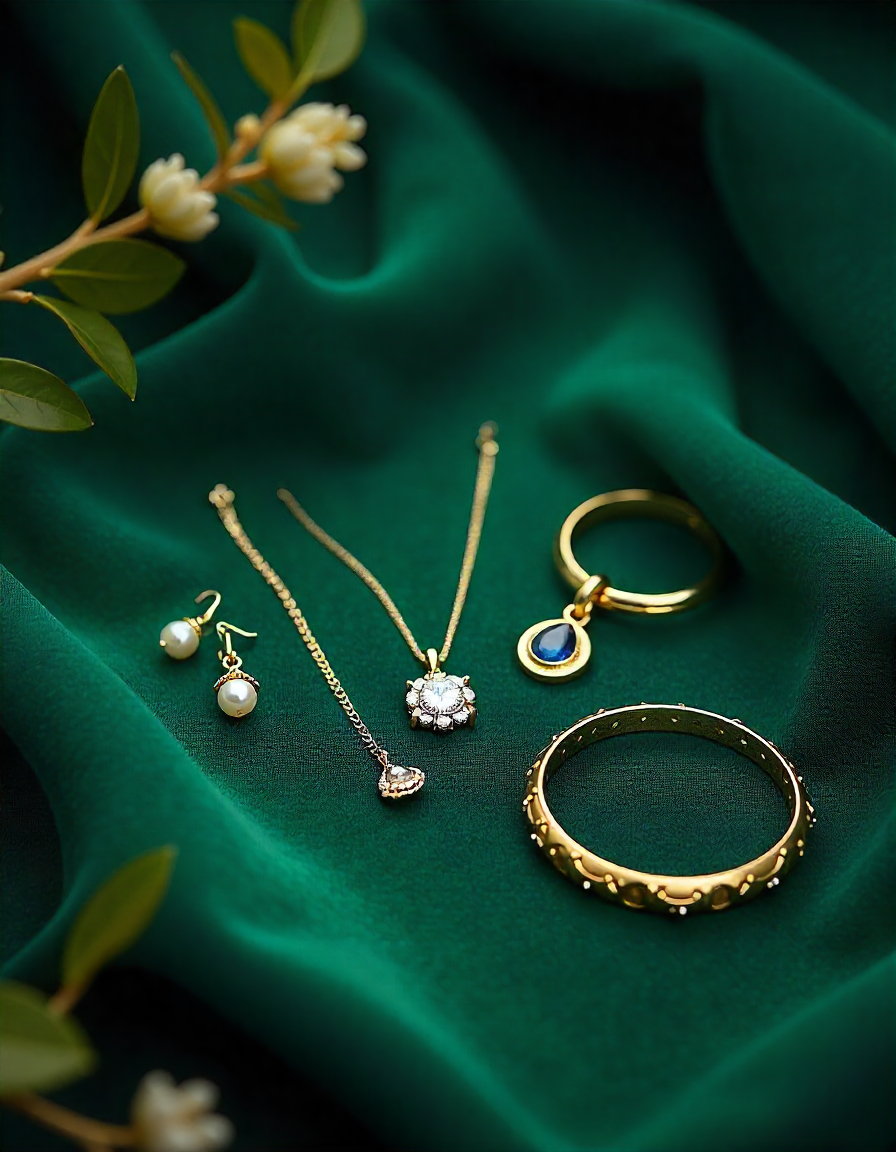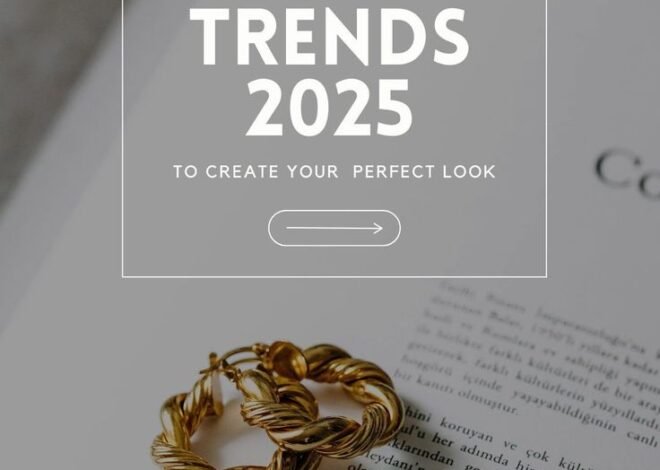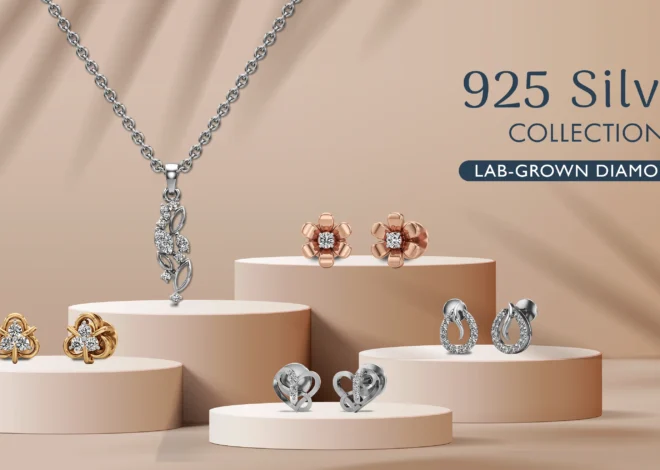
The Enduring Allure of Jewellery: More Than Just Decoration
From ancient civilizations to today’s fashion runways, jewellery has always held a place of fascination. It has adorned rulers and warriors, marked life’s milestones, and served as a canvas for artisans to express beauty and craftsmanship. While styles and materials evolve, the core reasons we wear jewellery remain surprisingly constant — identity, status, sentiment, and artistry.
A Journey Through Time
Jewellery’s story stretches back tens of thousands of years. Archaeologists have uncovered beads made from seashells in North Africa that date back over 70,000 years. In ancient Egypt, gold amulets were worn not just for beauty but for protection and spiritual significance. The Greeks and Romans took adornment further, introducing intricate metalwork, colored gemstones, and motifs inspired by mythology.
The Middle Ages saw jewellery as a privilege of the elite, often tied to heraldry and family lineage. The Renaissance revived classical influences while introducing more sophisticated gemstone cutting. In modern times, the industrial revolution made jewellery accessible to a wider audience, while the 20th century brought design movements such as Art Nouveau and Art Deco, each leaving its unique mark.
Materials That Tell Stories
Jewellery is as much about the material as the design. The choice of metal or gemstone speaks to tradition, culture, and personal taste.
-
Gold: Timeless and universally valued, gold has symbolized wealth and permanence for millennia.
-
Silver: Versatile and affordable, silver carries a cool elegance and pairs well with both casual and formal styles.
-
Platinum: Strong, rare, and hypoallergenic, platinum is favored for fine engagement rings and heirloom pieces.
-
Gemstones: Each stone carries its own lore — emeralds for renewal, sapphires for wisdom, rubies for passion, and diamonds for strength.
-
Organic materials: Pearls, coral, and amber bring a touch of nature, often carrying symbolic meaning in different cultures.
Sourcing materials today also involves ethical considerations. Conflict-free diamonds, recycled metals, and lab-grown gemstones are increasingly popular choices for those who value sustainability alongside beauty.
The Symbolism We Carry
Jewellery often carries meaning beyond its aesthetic. Engagement rings and wedding bands are the most obvious examples, representing commitment and shared life. Religious pendants, charm bracelets, and signet rings may tell personal stories or reflect beliefs.
Cultural traditions also shape what jewellery signifies. In Indian weddings, for instance, gold jewellery is more than adornment — it is a symbol of prosperity and a gift of lasting value. In West African traditions, beads often represent heritage and social status.
Modern Jewellery Trends
While tradition holds strong, contemporary jewellery also embraces innovation. Current trends reveal a blend of classic and experimental elements:
-
Minimalist designs: Clean lines, geometric shapes, and understated elegance dominate everyday wear.
-
Layering: Wearing multiple necklaces or stacking rings creates a personalized, textured look.
-
Mixed metals: Once frowned upon, combining gold, silver, and rose gold adds depth and contrast.
-
Statement pieces: Oversized earrings or bold cocktail rings act as focal points in an outfit.
-
Sustainable jewellery: Upcycled materials and transparent sourcing appeal to environmentally conscious buyers.
These trends show that jewellery today is about individual expression as much as it is about tradition.
Caring for Your Pieces
Good jewellery can last a lifetime — or several — if cared for properly. Different materials require different approaches:
-
Gold and platinum: Clean with mild soap and warm water; avoid harsh chemicals.
-
Silver: Use a soft polishing cloth to remove tarnish; store in anti-tarnish pouches.
-
Gemstones: Some, like diamonds and sapphires, are hardy, but others, like opals and pearls, need gentler care.
-
Pearls: Wipe with a soft cloth after wearing; store flat to prevent the string from stretching.
Regular maintenance by a professional jeweller can prevent issues such as loose settings or weakened clasps.
Jewellery as Investment
While not every piece will appreciate in value, certain jewellery can be considered an investment. Factors influencing value include rarity, craftsmanship, brand heritage, and historical significance.
Signed pieces from houses like Cartier, Tiffany & Co., or Van Cleef & Arpels often hold or increase their value over time. Antique and vintage jewellery can also appreciate, particularly if it’s well-preserved and features high-quality materials.
However, jewellery should ideally be purchased for love rather than speculation. The emotional return often outweighs the financial one.
Personalization and Storytelling
One of the most exciting developments in jewellery today is customization. Buyers can select stones, metals, and designs that carry personal meaning. Engraving, birthstones, and bespoke settings turn a piece into something truly unique.
Custom jewellery often becomes a modern heirloom — a tangible link between generations. A ring designed to mark a child’s birth, for example, may one day be worn by that child’s own descendants.
Ethical Choices in a Changing Industry
The jewellery industry has faced criticism over environmental impact and human rights issues, particularly in gemstone mining. Today, more brands are working toward transparency in sourcing and production.
Lab-grown diamonds, for example, offer the same physical and chemical properties as mined diamonds, but without the same environmental footprint. Similarly, recycled gold reduces the need for new mining.
Consumers now have the power to support jewellers who prioritize fair labor practices and eco-friendly methods. This shift reflects a growing awareness that beauty and ethics can go hand in hand.
Final Reflections
Jewellery is never just an accessory. It is a language of symbols, a keeper of memories, and a testament to human creativity. Whether it’s a diamond engagement ring, a string of pearls, or a simple silver pendant, each piece tells a story — of the wearer, the maker, and the time it was created.
In the end, the most valuable jewellery is not always the most expensive. It’s the one you reach for without thinking, the one that feels like an extension of yourself, the one that carries the moments and emotions you hold dear.
As styles shift and trends come and go, the enduring appeal of jewellery remains. It is history you can hold in your hand — and wear close to your heart.


